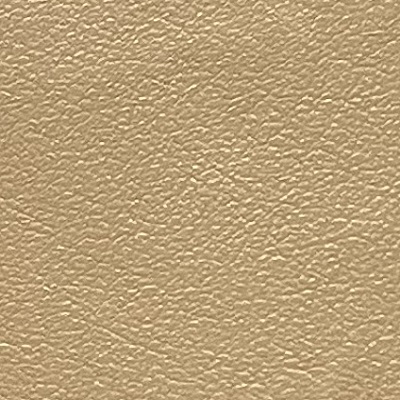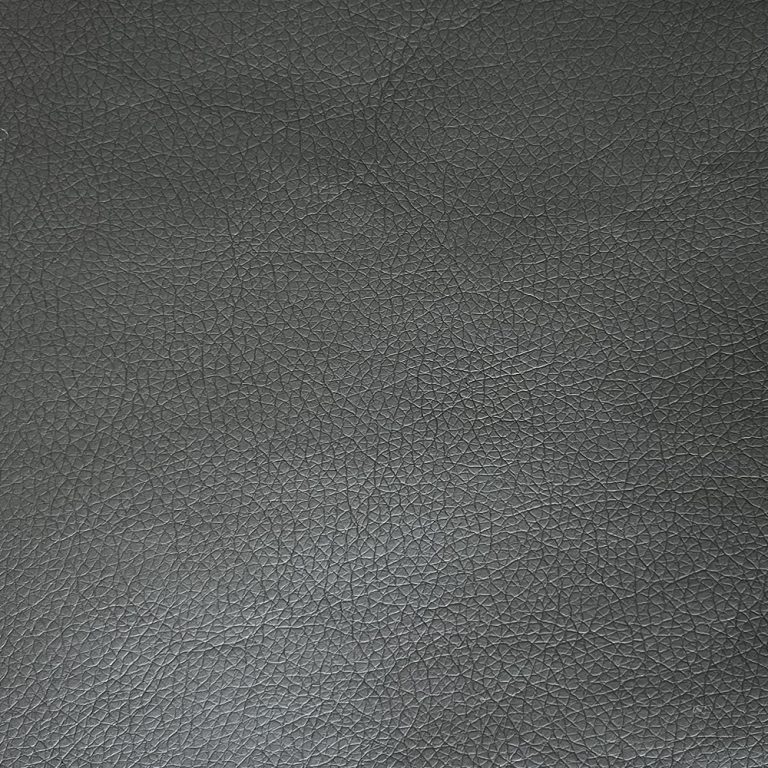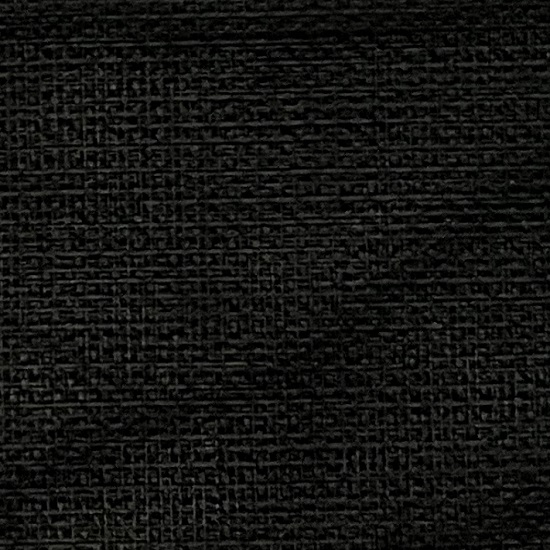Table of Contents
The Fascinating Chemistry Behind Color-Changing PU Leather: Exploring the Science and Technology Behind Its Shifting Hues
Color-changing PU leather is a remarkable innovation that captivates the imagination with its ability to shift hues, creating an intriguing visual spectacle. This cutting-edge material is not only aesthetically appealing but also represents a fusion of science and technology, where chemistry plays a pivotal role in its transformative properties.
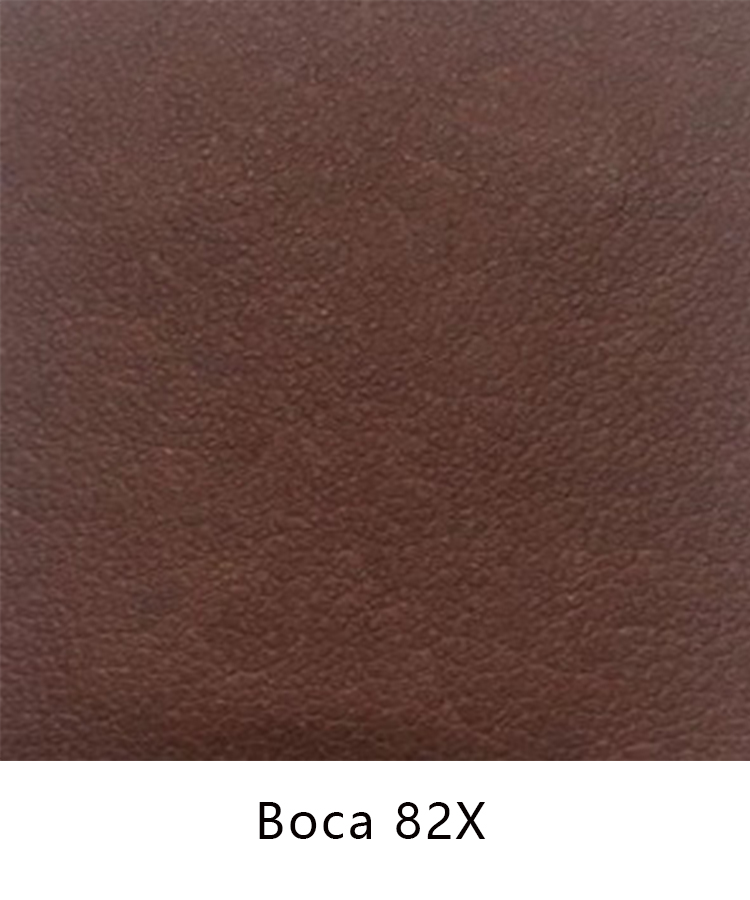
At its core, color-changing PU leather relies on a fascinating chemical process known as thermochromism. Thermochromic compounds embedded within the material undergo a reversible change in color in response to variations in temperature. This phenomenon is governed by the principles of molecular structure and energy absorption, making it a compelling subject of study for researchers and enthusiasts alike.
The magic of color-changing PU leather begins with the selection of thermochromic pigments or dyes. These specialized compounds possess unique molecular structures that enable them to absorb and reflect light in different ways depending on their temperature. By carefully engineering the composition of these pigments, manufacturers can achieve a wide range of color transformations, from subtle shifts to dramatic contrasts.
| Variety | Products |
| S | PU thermo leather |
The integration of thermochromic pigments into PU leather involves precise formulation and manufacturing techniques. During the production process, the pigments are dispersed evenly throughout the material, ensuring uniform color distribution. This meticulous approach is essential for creating consistent and reliable color-changing effects across the surface of the leather.
Once the color-changing PU leather is fabricated, it reacts dynamically to changes in temperature, revealing its true versatility. Whether exposed to sunlight, body heat, or ambient temperature fluctuations, the material responds instantaneously, creating an ever-changing visual experience. This dynamic quality makes color-changing PU leather ideal for a variety of applications, including fashion, interior design, and product branding.
Beyond its aesthetic appeal, color-changing PU leather offers practical benefits as well. By incorporating thermochromic technology into everyday objects such as clothing, accessories, and furniture, designers can enhance user experience and functionality. For example, color-changing indicators on clothing could signal changes in body temperature, alerting wearers to potential health concerns. Similarly, furniture upholstered with color-changing PU leather could adapt to environmental conditions, providing both comfort and style.
The appeal of color-changing PU leather extends beyond its functional attributes, sparking curiosity and fascination among consumers. The mesmerizing interplay of color and light invites exploration, encouraging individuals to interact with the material and discover its hidden secrets. This sensory engagement adds a layer of depth to the user experience, transforming ordinary objects into sources of wonder and delight.
As the demand for innovative materials continues to grow, color-changing PU leather represents a compelling avenue for future research and development. By pushing the boundaries of chemistry and technology, scientists and engineers can unlock new possibilities for creative expression and practical application. Whether through advancements in thermochromic pigments, manufacturing processes, or design integration, the evolution of color-changing PU leather promises to redefine our perception of color and materiality.
In conclusion, color-changing PU leather exemplifies the intersection of science, technology, and design, offering a glimpse into the endless possibilities of material innovation. Through the clever manipulation of thermochromic compounds, manufacturers have created a material that transcends traditional boundaries, captivating the imagination and inspiring creativity. As we continue to explore the mysteries of thermochromism, color-changing PU leather stands as a testament to the ingenuity of human ingenuity and the transformative power of chemistry.
Stylish Sustainability: How Color-Changing PU Leather is Redefining Eco-Friendly Fashion
In the realm of fashion, sustainability has become a paramount concern, with designers and consumers alike seeking eco-friendly alternatives to traditional materials. One innovative solution gaining traction in the industry is color-changing PU leather. This material not only offers the aesthetic appeal of conventional leather but also boasts unique properties that contribute to a more sustainable future.
PU leather, or polyurethane leather, is a synthetic material made from polyurethane. Unlike genuine leather, which is derived from animal hides, PU leather is cruelty-free and more environmentally friendly. It is commonly used as a substitute for leather in various applications, including fashion accessories, upholstery, and footwear.
What sets color-changing PU leather apart is its ability to undergo a transformation when exposed to different environmental conditions. This transformative quality is achieved through the incorporation of specialized pigments or dyes that react to factors such as sunlight, temperature, or moisture. As a result, the material can shift in color, creating dynamic and visually captivating effects.
One of the key benefits of color-changing PU leather is its versatility in design. Designers have the freedom to experiment with different color combinations and patterns, knowing that the material will respond dynamically to its surroundings. This opens up a world of creative possibilities, allowing for the creation of truly unique and eye-catching fashion pieces.
Beyond its aesthetic appeal, color-changing PU leather also offers practical advantages. By harnessing renewable energy sources such as sunlight, the material reduces the need for artificial dyes and pigments, thereby minimizing environmental impact. Additionally, the durability and longevity of PU leather make it a sustainable choice for consumers looking to invest in quality, long-lasting products.
From a sustainability standpoint, color-changing PU leather represents a significant step forward in the fashion industry. By embracing innovative materials and manufacturing techniques, designers can reduce their reliance on environmentally harmful practices associated with traditional leather production. Furthermore, the adoption of sustainable materials aligns with growing consumer demand for ethically sourced and eco-friendly products.
The adoption of color-changing PU leather also aligns with broader efforts to promote circular fashion principles. Unlike fast fashion, which emphasizes disposable clothing and rapid turnover of styles, circular fashion aims to create a closed-loop system where materials are reused, recycled, or repurposed. Color-changing PU leather fits into this framework by offering a durable and adaptable material that can be incorporated into multiple design iterations.
As the fashion industry continues to evolve, sustainability will remain a driving force shaping trends and consumer preferences. Color-changing PU leather exemplifies the intersection of style and sustainability, offering a compelling solution for designers and brands seeking to reduce their environmental footprint without compromising on creativity or quality.
In conclusion, color-changing PU leather represents a promising innovation in the realm of eco-friendly fashion. Its transformative properties, coupled with its sustainability credentials, make it an attractive option for designers and consumers alike. By embracing materials like color-changing PU leather, the fashion industry can pave the way for a more sustainable and ethically conscious future.
From Trendy Accessories to Futuristic Furniture: Creative Applications of Color-Changing PU Leather in Design
Color-changing PU leather, once confined to the realm of science fiction, is now making its mark across various design industries, from fashion accessories to furniture. This innovative material, often referred to as “chameleon leather,” seamlessly transitions between hues in response to external stimuli, creating a dynamic and captivating visual experience. As designers continue to explore its potential, color-changing PU leather is poised to revolutionize the way we perceive and interact with everyday objects.
At the forefront of this trend are fashion designers who are incorporating color-changing PU leather into their collections, offering consumers a new dimension of versatility and style. From handbags to footwear, this futuristic material adds an element of surprise and intrigue, as garments transform with the changing light or temperature. Imagine a purse that transitions from a soft blush to a vibrant magenta as you move from day to night, or shoes that shift from a cool blue to a warm purple with each step. With color-changing PU leather, the possibilities for creative expression are endless.
Beyond the world of fashion, designers are also exploring the use of color-changing PU leather in interior design, where it offers a unique solution for creating dynamic spaces that adapt to different moods and environments. Imagine a sofa that shifts from a calming green during the day to a cozy burgundy in the evening, or a chair that changes color in response to the user’s body heat, providing both comfort and visual interest. With color-changing PU leather, furniture becomes more than just functional; it becomes a work of art that evolves with the space around it.
In addition to its aesthetic appeal, color-changing PU leather also holds promise for practical applications, particularly in areas where monitoring environmental conditions is critical. For example, in automotive design, color-changing seats could alert drivers to changes in temperature or humidity, enhancing comfort and safety on the road. Similarly, in healthcare settings, color-changing surfaces could indicate changes in patient vital signs or environmental conditions, allowing for early intervention and improved patient outcomes.
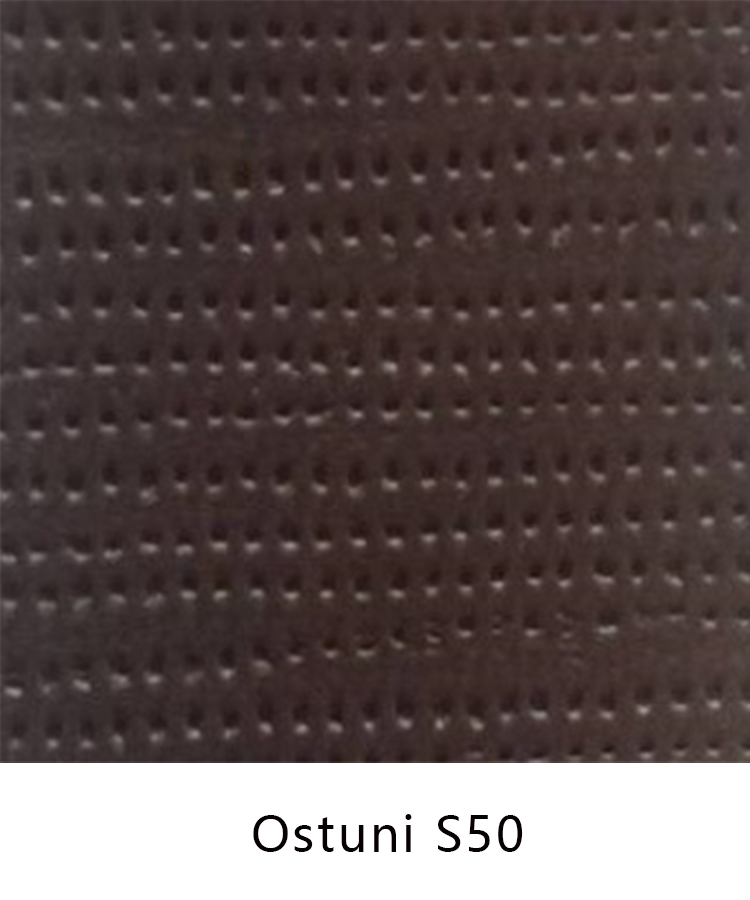
As designers continue to experiment with color-changing PU leather, the technology behind it is also evolving, paving the way for even more innovative applications in the future. Researchers are exploring new methods for controlling color change, from chemical reactions to embedded microelectronics, opening up possibilities for customizable designs and interactive experiences. Whether it’s a jacket that changes color to match your mood or a room that adapts to your preferences, color-changing PU leather is reshaping the way we think about design and interaction.
As with any emerging technology, there are challenges to overcome, from cost and scalability to durability and environmental impact. However, as demand for sustainable and customizable products grows, so too does the potential for color-changing PU leather to become a mainstream material in design. By harnessing the power of color and innovation, designers can create experiences that are not only visually stunning but also responsive to the needs and desires of the user.
In conclusion, color-changing PU leather represents a bold new frontier in design, offering endless possibilities for creativity, functionality, and expression. From fashion to furniture, this transformative material is reshaping the way we interact with the world around us, blurring the lines between art and technology. As designers continue to push the boundaries of what’s possible, color-changing PU leather is sure to remain at the forefront of innovation, inspiring awe and wonder in all who encounter it.

